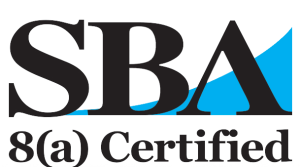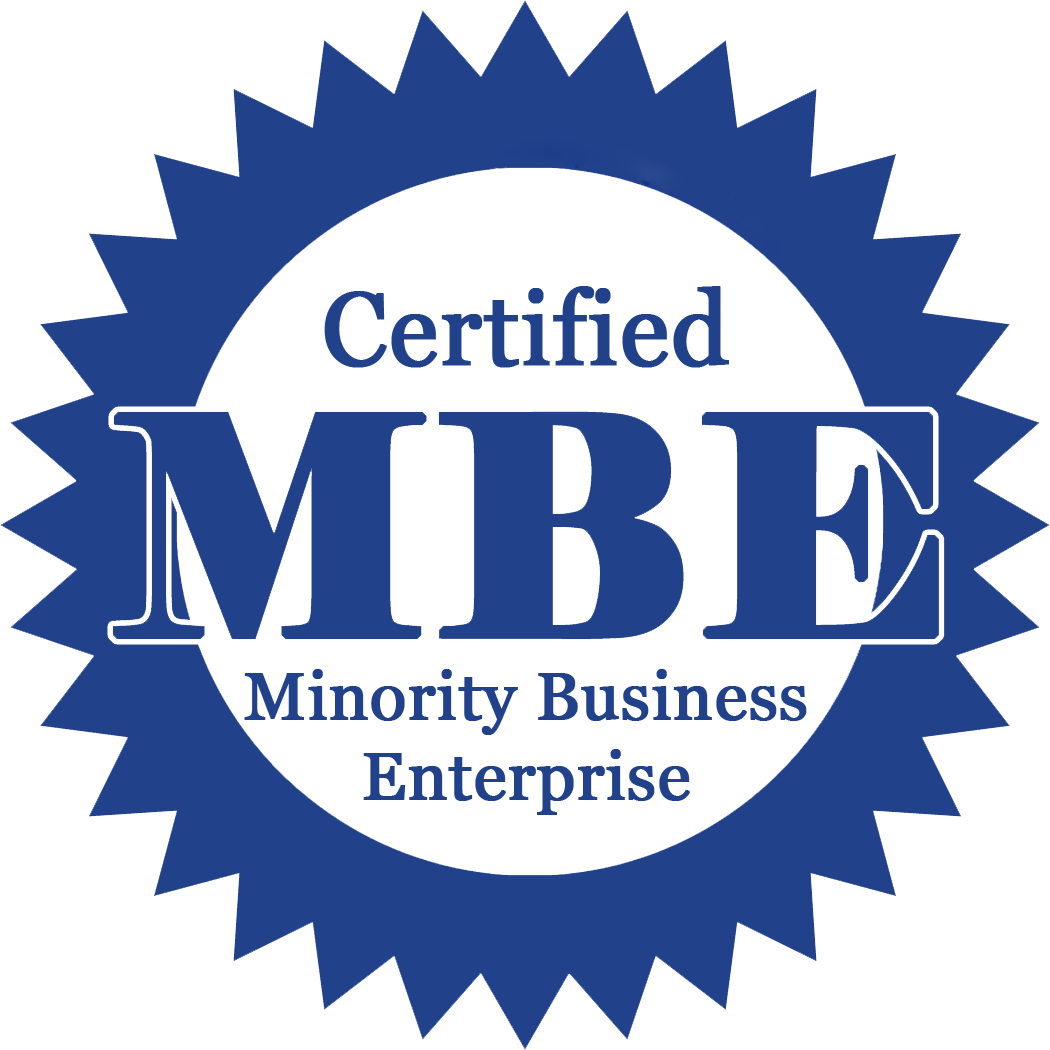EZ
![]() Made in the USA!
Made in the USA!
5 ft Antenna Mast Pole for Medium to Heavy Duty Outdoor Antenna mounting, made of a 1-1/4 inch pre-galvanized 16 gauge Pipe. Standard not only for TV and Radio reception, but Cellular Phone and Date Gateway repeaters, WISP, Wireless Internet, Telemetry, CB, HAM and more! A Sturdy One Piece that Fits a Variety of Roof and Wall Mounts for Flexibility In Antenna Mounting and Height Clearance. Be Sure and afford yourself 2 feet minimum, up to 1/3 of the overall mast length between the two wall mounts you would utilize in your TV antenna Installation. The Torque applied from wind load through cantilever to these mounts can be significant. Manufacturers recommend that mast heights of 10 feet and higher be guyed.
(Mount Not Included)
Keystone Jack Module Inserts A Keystone module is an industry
standard type of wall jack used in residential and business
environments. The system consists of a modular face plate to which jacks
are mounted. Flush mount Keystone Wallplates will fulfill the most
complicated station installation requirements through a wide selection
of snap-in modules. A variety of jacks and connectors will fill the wall
plate openings to meet your specific requirements of voice, data,
audio, video, fiber optic, etc. The inserts are a snap to install and
remove, giving you a highly adaptable system.
A keystone jack module is a standardized snap-in package for mounting a variety of low-voltage electrical jacks such as TV, Phone, LAN, Data, BNC, RCA or optical connectors into a keystone wall plate, surface-mount box, or a patch panel. Keystone modules have a commonly popular standardized rectangular face of 14.5mm wide by 16.0mm high and are held in place with a flexible tab. This allows them to be snapped into or out of a mounting plate with correspondingly-sized rectangular holes, called ports. All keystones, regardless of the type of jack they carry, are interchangeable and replaceable. This is what makes Keystone a popular choice in today's installations at Home or Office. Some keystones use a pass-though type connector, where there is a jack on both the front face as well as the rear side. Others only have a jack on the front and employ a different means for hard-wiring signal cables in the rear, such as a mini 110, insulation-displacement connector, crimp or solder connection.






















